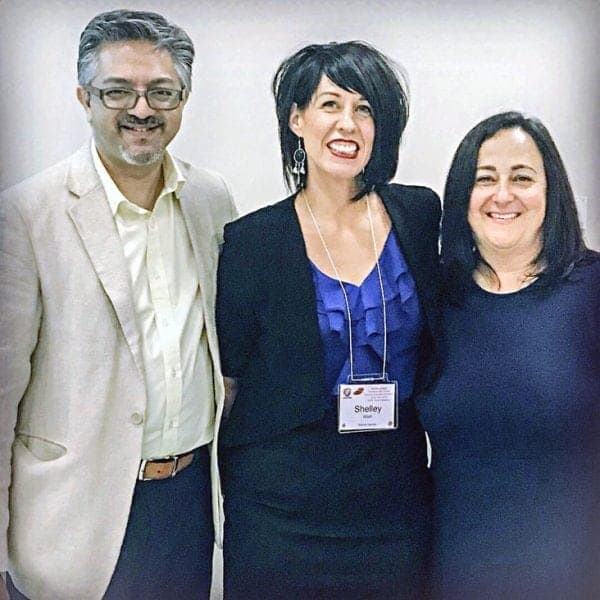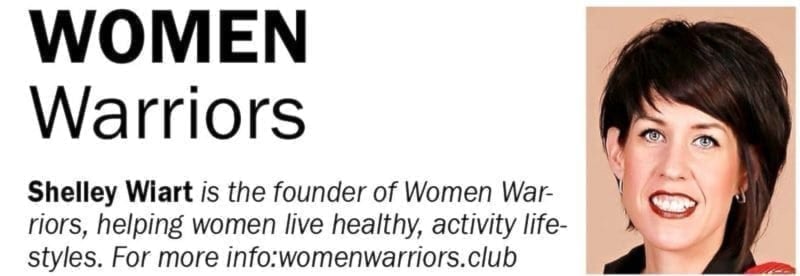This past semester I undertook my own research project as part of my research methodologies course through the University of Athabasca. My exploratory study gathered preliminary information on smoking and cannabis behaviours, attitudes about upcoming legalization, opinions on community-driven tobacco interventions, and characteristics of the population, composed of participants from Women Warriors.
As part of my research, I interviewed my friend, Gift Madojemu, the health promotions specialist and tobacco project co-ordinator at the Battle River Treaty 6 Health Centre in North Battleford, Sask. After our phone interview in April, she invited me to attend a tobacco and cannabis workshop the health center was hosting on Monday, June 18.
The workshop was hosted by two medical experts on addictions: clinical scientist Dr. Peter Selby, addictions division and director at the Centre for Addictions and Mental Health and Rosa Dragonetti, manager for nicotine dependency service with that centre.
Dr. Selby started the workshop with the interesting fact that, “100 per cent of addictive substance are 99.9 per cent organic products synthesized. Drugs of abuse are all white looking.” He also referred to the pure white crystal, sugar and how the highs of “sugar brain” are parallel to the effects of cocaine on the brain.
He shared the difference between traditional tobacco and commercial tobacco, “traditional tobacco is highly acidic and cannot go into the lungs when inhaled, whilst nicotine must be alkaline to get into the body, which is done by adding ammonia to commercial tobacco.”

The most important information I took away on commercial tobacco abuse is the effects of exposure to tobacco in pregnancy.
Dr. Selby stated: “Seven thousand chemicals get concentrated on the fetus and results in babies being born smaller due to lack of oxygen and nutrient supply. In terms of mental affects, there are earlier behaviour problems in children. For male children there is a direct correlation between cigarette smoke exposure and antisocial behaviour. For the female fetus, they are born with fewer eggs, which may lead to fertility issues later in life, and they reach menopause earlier, by at least one year, which also affects their heart health.
He noted that Indigenous people experience twice the death rates due to smoking, owing to "their socioeconomic and educational disadvantage.”
He highlighted that for Indigenous peoples these statistics did not exist pre-colonization because, “tobacco is a completely imported illness and disease.”
Also, he stated that we must assess how to conduct tobacco interventions and cessation with Indigenous peoples. “Taking away a substance that people use for self-soothing – will they replace it with something more harmful?”
The majority of attendees at this conference, approximately 90 of us, were there to learn about cannabis and its implication in our communities. Prime Minister Justin Trudeau recently announced implementation for the cannabis legalization law is Oct. 17.
Two Indigenous attendees at this event shared their personal experience with unhealthy marijuana use during their 20s, which robbed them of their ambition, and culminated in lost years of their life. They did, however, seek help returned to school and became leaders in their community. They both shared their worry over the vulnerability of young people in their community.
Dr. Selby stated, “The capture rate of cannabis addiction is very low, about eight to 10 per cent of population develops addiction to cannabis. Adolescents are at the highest risk of addiction – their brains are vulnerable, which is why it’s important to push use as far out as possible. It is the daily exposure that is the most important factor for addiction. We can prevent kids getting addicted for life by developing innovations to reduce harm.”
My main insight from attending this workshop is the importance of community connection and open communication with youth to prevent addiction. The harm reduction strategy we need to adopt for our youth includes delaying use, particularly before age 16, and learning how to talk to them without judgement.
A valuable resource you can access for cannabis education and youth is the Cannabis Talk Kit: Know How to Talk With Your Teen posted at: drugfreekidscanada.org.
